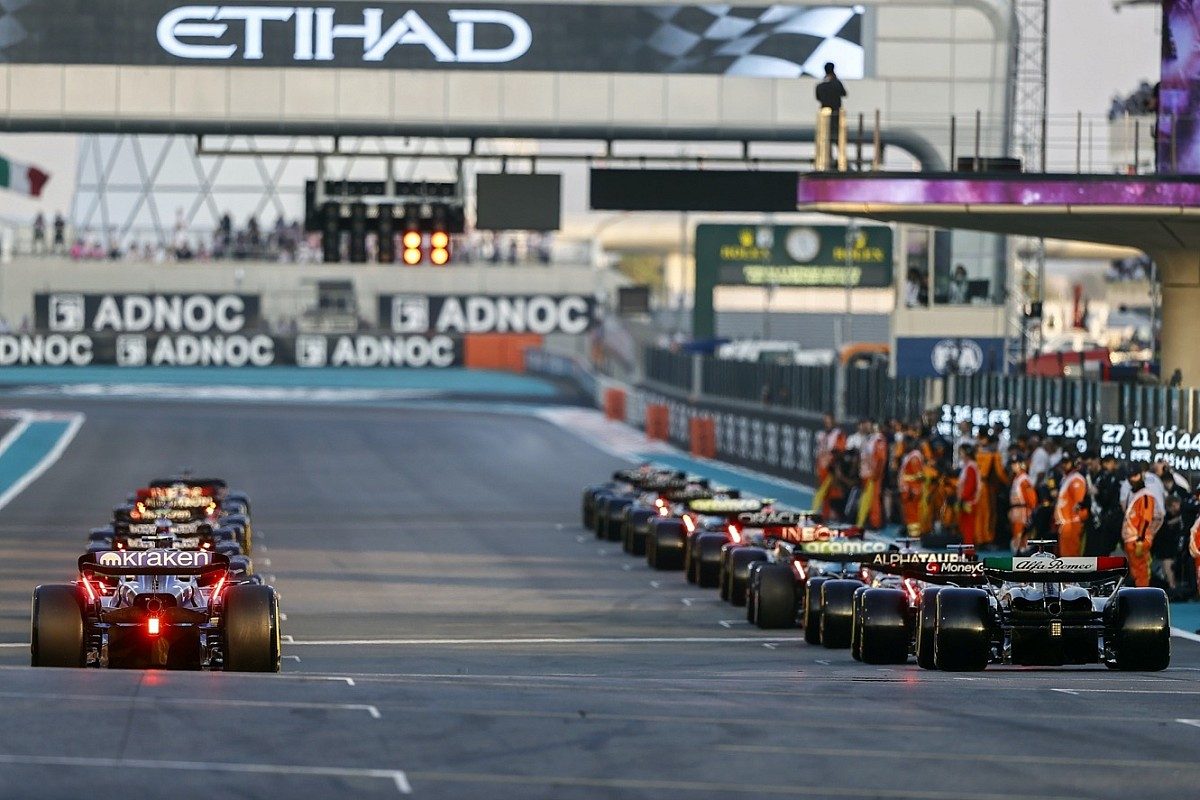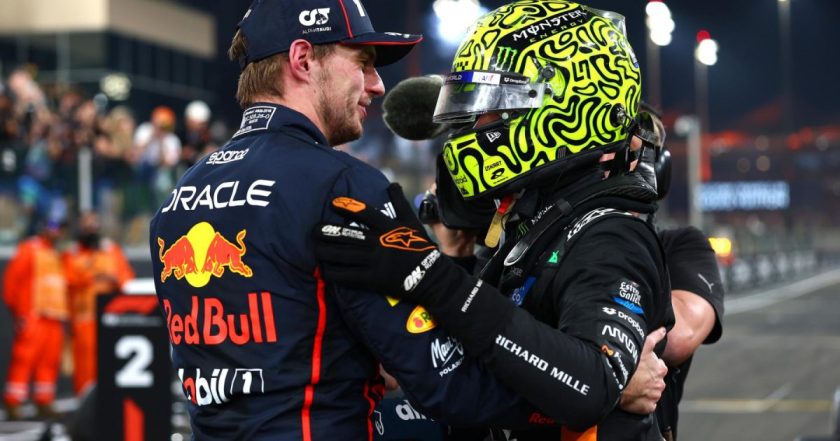P1racenews AI automatic summary:
How F1’s impending engine revamp puts new emphasis on electrical power
The upcoming changes in Formula 1 for 2026, including a freeze on power units and a focus on aerodynamics, mark a significant departure from the electric series I have been racing in. Formula E prioritizes powertrain efficiency and standard aerodynamics, showcasing the potential of investing in powertrains rather than aerodynamics for exciting racing and attracting manufacturers. While the 2026 rules in F1 may reduce the emphasis on aerodynamics, it is uncertain if it will truly become an engine formula, as the existing 1.6-litre V6s will remain in use. The shift towards non-fossil fuels, such as biofuel or e-Fuels, makes sense for F1, as they can be implemented without major modifications to current or future engines and contribute to carbon neutrality. However, the new V6 engines in F1 will be less efficient due to the removal of the expensive and unpopular MGU-H, potentially leading to fuel burning during braking or increased reliance on the electric motor for acceleration. F1’s aim to appeal to manufacturers with the 2026 rules indicates a focus on finding competitive advantages in the electric side rather than pushing for more innovative combustion, aligning with the shift towards electric vehicles in the automotive industry.






